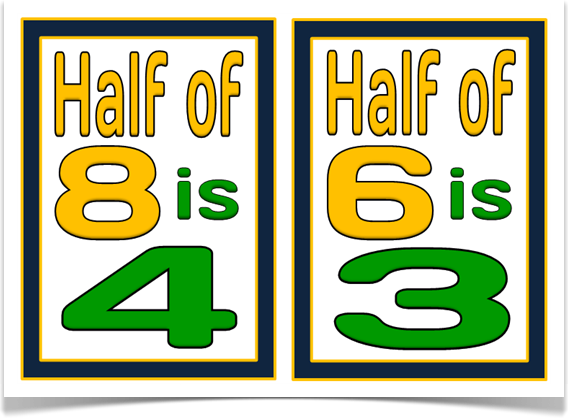"The Second Halving", I admit it sounds like the next Game of Thrones episode or a new movie from The Hunger Games. Yet - it is far more boring. It is... pure math. And technology. And some exquisite thinking from this still unknown "Satoshi Nakamoto".
In short - it is one of the most important events in the bitcoin protocol. With The Halving, the amount of bitcoins a miner gains from solving a block, is halved. It will be 12,5 BTC instead of the 25 one can get now (and the 50 one could get until late november 2012). The next Halving will be in almost 4 years, more likely 3.5 years.
Wow wow wow - too much mumbo jumbo!! Right - let's tackle this in pieces.
A miner gains bitcoin?
Yes. That's how it works. A miner is not a person, it's a device made to solve mathematical puzzles. It uses (a lot) of electricity and is rewarded with bitcoin when it's the first to solve said puzzle. Then, the miner creates a hash that matches the puzzle, pushes this to the bitcoin network and receives 25, soon 12.5 bitcoin. As this machine is owned by a person, the bitcoins move further to a blockchain wallet. The owner holds the bitcoin or sells it.
Mining is the only way to add bitcoin to the blockchain, thus every participant has an incentive to invest more in miners to be the first and reap the benefits. This is intentional: as the bitcoin blockchain is a totally open system, its security is paramount. By involving miners and inviting them to maximize their benefits by adding more hashing power, the blockchain becomes more secure every day (since its conception, it never has been compromised).
Two remarks:
- miners usually work in pools where they combine their hashing power (= puzzle speed) to be quicker than everyone else. This returns a steady inflow of smaller amounts rather than 25 BTC once every blue moon;
- miners evolved from processes that run on the videocard to specialised (yet consumer oriented) hardware like these items from Bitmaintech ;
Why would someone mine?
Well - just look at the price of the bitcoin. If you win a block now, on the 9th of July 2016, you will receive some USD 1625. And that's given away every 10 minutes! So there's a clear financial incentive to mine - this also means that with a lower price, some miners turn off their machines as the price for electricity isn't covered by the BTC's anymore. This risk of course will be hight after The Halving, that's why more and more sites / software add a minimal fee to every transfer (which also goes to the winning miner). Transactions with a higher fee are even processed faster... it's in the interest of the miner to make sure these transactions are in to maximize its profit. Gaming theory... but also sound thinking.
Why does it take so long to halve again?
The Halving happens more or less every 4 years. It depends on difficulty and the amount of blocks generated. Mathematically, a block is made every 10 minutes. However, due to the steep and continuous increase in hashing power (especially in China), the average time between two blocks is around 8 minutes. Over time, this caused the Halving to happen 5 months earlier than planned.
But back to the question :) It's defined in the bitcoin protocol to halve every 4 years until 2140. By that time, 21 million bitcoins will be mined. And that's it, it's a closed system defined by technical limitations. Depending on its use, the BTC price might increase as it will become a scarce good. It could also go down when no one uses it anymore.
We will now enter reward era 3.
Why is it such an important event?
It's important because miners, essential part of the ecosystem and badly needed to secure the blockchain, lose half of their salary. It's like building on a volcano : even when warned upfront, people will still complain about an eruption. The BTC price lost 5% of its value during the halving but recovered already.
Expectation is that fees will grow as rewards from miners decrease. Up to now, this hasn't been seen. On the contrary, the fee price was pushed lower and lower until software developers started adding minimal fees.
Bitcoin remains a larger marginal way of paying, fueled by a large amount of "crypto-anarchy". The bitcoin blockchain is maintained by a small army of people living by Satoshi's whitepaper: making online payments without going through a financial institution. On the Day of the Halving, this community celebrates.

While it sounds like a plus, I'm positive that my story is less scary than theirs :)
Thank you, appreciated.